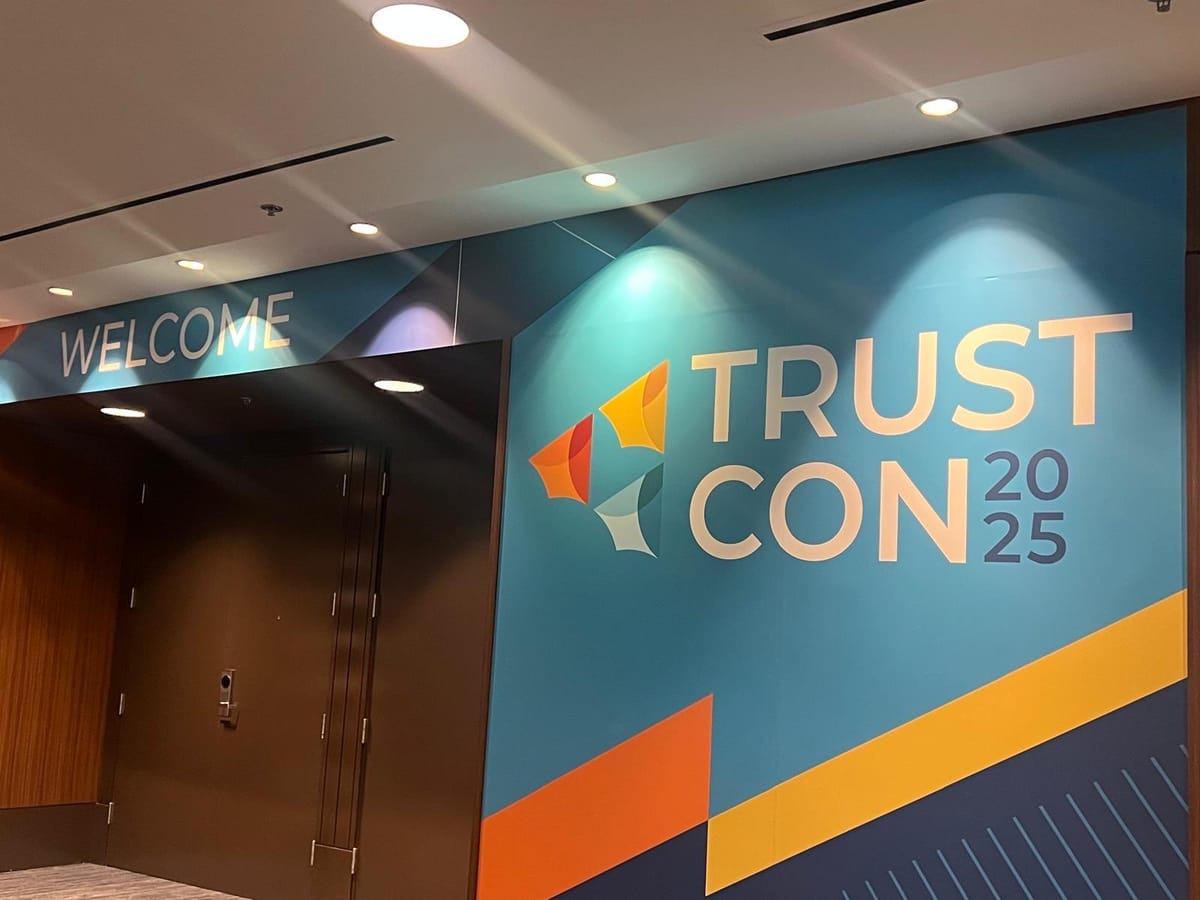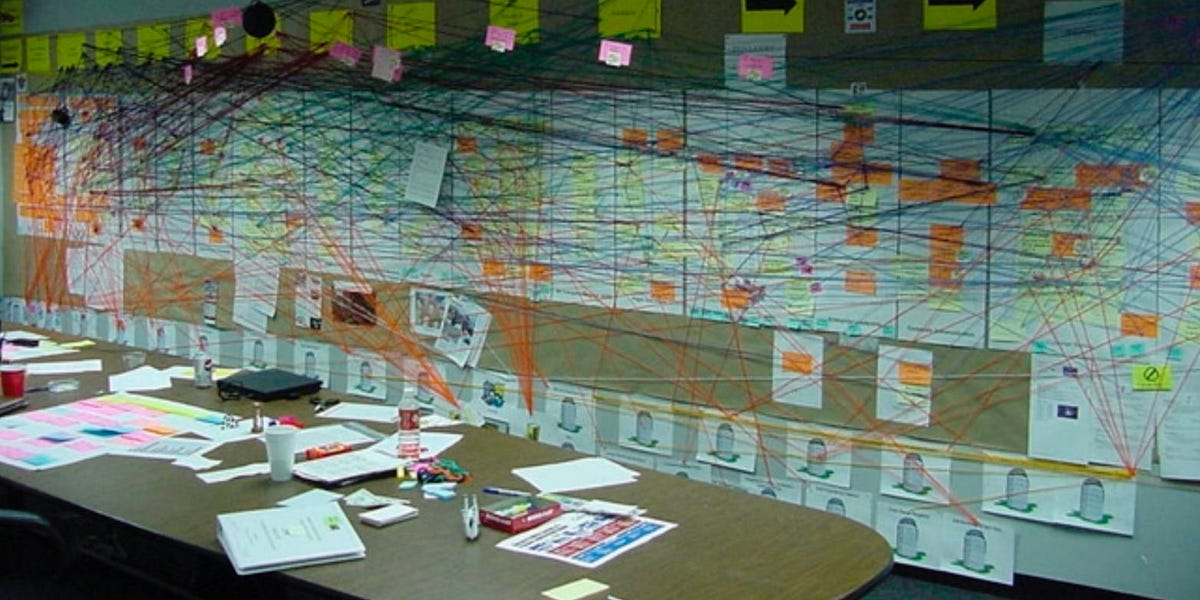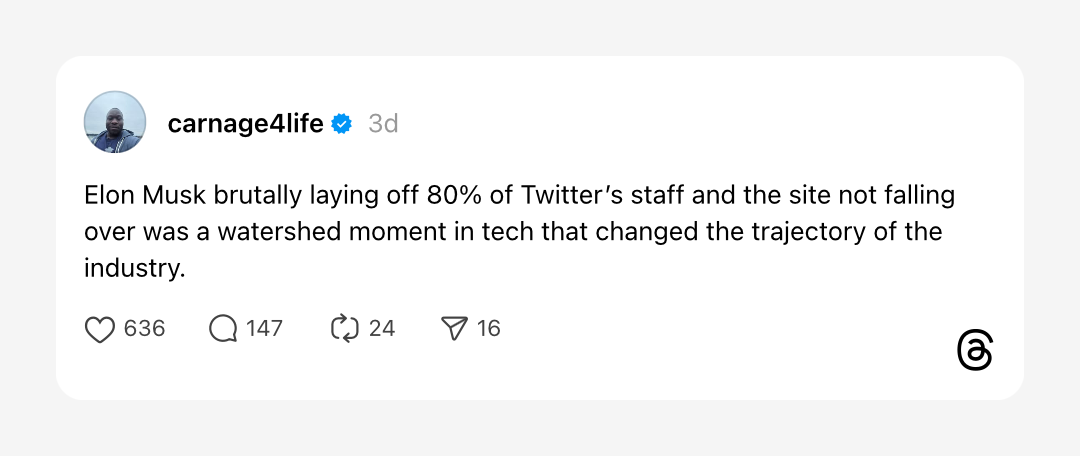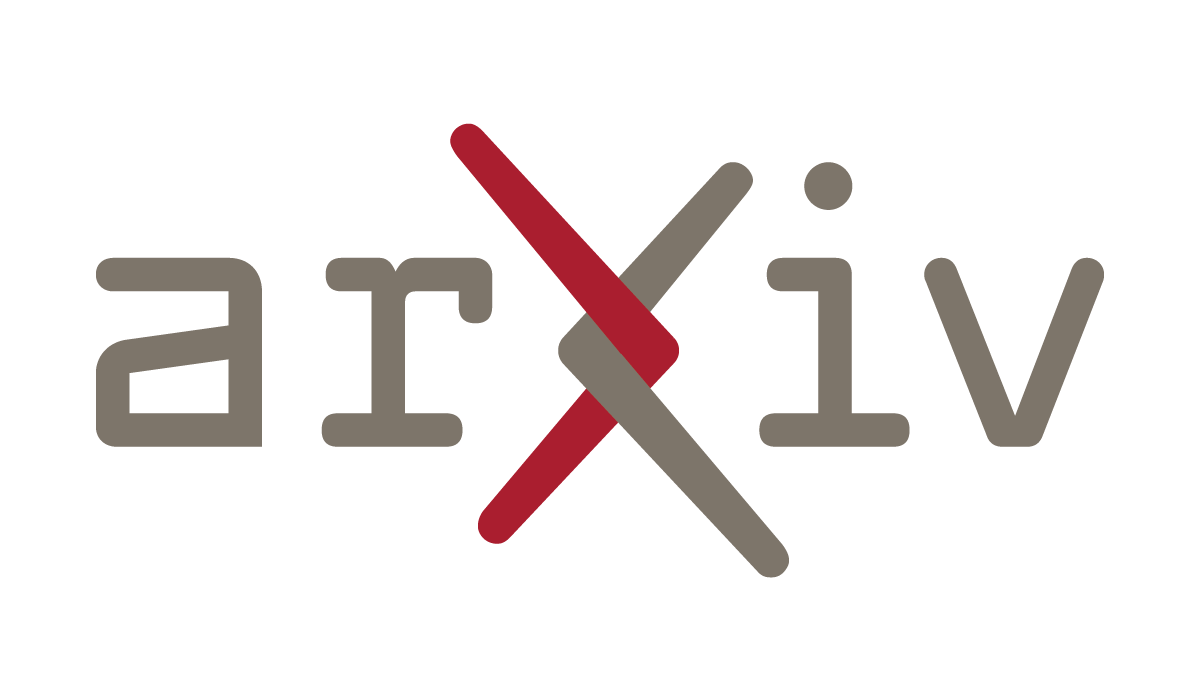Five OD Things N° 12
Selling personal super-intelligence; trust & safety heading for the exits; raw compute vs. the junk drawer; Wall Street loves shrinking payrolls; the first targets are email jobs
A founder sells the world on personal super-intelligence, betting fewer humans can still build and police it.

Mark Zuckerberg’s internal note feels a little bit like AI bingo. Universal tutors! Code copilots! Real-time research assistants! (I’m personally compelled by this, mostly because that’s what o3 feels like to me right now.)
That said, Om Malik points out that this is kindof Zuck’s go-to move in a crisis: 2019 was about privacy, 2021 the metaverse, now super-intelligence. This time, Meta’s head-count is already down roughly 21% since 2022, and the safety, infra, and product teams that used to absorb these big swings are (probably, guessing here!) leaner than normal. Maybe that’s fine (maybe the computers are indeed doing the work! maybe Fred Brooks was right!) but it’s hard to overstate the execution load here: launching a new product category, rebuilding trust, and shipping best-in-class safety systems…all with fewer humans. Big bet!
The people paid to safeguard users quietly head for the exits.

Trust & Safety teams once had enough political capital to veto risky growth ideas. At this year’s TrustCon, the function mostly shared burnout stories and exit strategies; panels on child exploitation and election integrity had few attendees; many veteran leads have left or are quiet quitting; the rest described silent mode, doing only what compliance dictates and nothing more.
The takeaways here are grim; this is in some ways a darker version of platform enshittification. We’re wading into uncharted technological territory and the folks we need as a strategy reality check are underfunded or just plain gone. Viewing this from a designer’s chair, if we’re deleting trust and safety from a list of functions – and not at least automating some of the capabilities contained within, or outsourcing them to a partner – we should not expect organizations that are able to deliver products we trust or that will keep us safe (from each other, or from the products themselves). See my thing on Safety in “Super Performance.”
Whether raw compute can navigate the junk drawer.

Two models caught my eye here:
- Rich Sutton’s “Bitter Lesson” (2019) argues that raw compute plus simple algorithms beats clever hand-engineering;
- Michael D. Cohen, James G. March and Johan P. Olsen’s “Garbage-Can Model” (1972) says decisions in large organizations are random collisions of half-defined problems, partial solutions, shifting participants, and unpredictable timing.
Ethan Mollick asks what happens when giant models are dropped into chaotic environments. If Sutton is right, you can ignore most process maps. Just specify the outcome, let the models iterate, and the computer will sort it out. If Cohen/March/Olsen are right, those models will burn cash chasing contradictory goals in undocumented mazes.
Either way, the work is to the territory so the agents know which levers move what, and prevent ever-more-expensive AI thrashing. (That said, I’m not sure this is how people are actually using the tools inside work environments today. Seems like it’s more ‘do the things I don’t wanna, or don’t have the brain chemistry for at the moment.)
CEOs find Wall Street loves shrinking payrolls and frame head-count decline as visionary leadership.
CEOs Are Shrinking Their Workforces—and They Couldn’t Be Prouder (WSJ why won't you unfurl here?)
WSJ reporting on the trend toward bragging about reducing headcount and increasing productivity. FWIW I’m not entirely sure this is truly an emerging trend or just something that’s endemic to the companies they profile: Wells Fargo headcount down 23% in five years; Verizon’s headcount in continuous decline and “something we’re very, very good at”; Bank of America set a goal of getting below 200k employees after peaking at 300k in 2010. Intel, Union Pacific, and Loomis are also in there. Not exactly growth or user-experience titans here, but you’ve also got Tobi at Shopify effectively putting the company on a hiring freeze absent proof that you tried to get a computer to do the work first. (Meta’s headcount, referenced above is growing but down from peaks, so not really the same thing.)
We’re not cutting people; we’re embracing efficiency. Think of us (and value us) as an AI company!
Welp. Rotations, up-skilling, and cross-functional fluency are important for everyone regardless of where you might sit. If you can’t prove how your role adds non-automatable value, it seems like (depending on the firm, of course!) you’re one earnings call away from becoming a data point. Again, grim.
There’s also a connection to this, from the other day. Don’t do this to my bank, or my cancer research, thanks!

And this, from Sam Altman, a while back.
“We’re gonna see 10-person billion-dollar companies. In my little group chat with my tech CEO friends, there’s this betting pool for the first year that there’s a one-person billion-dollar company, which would have been unimaginable without AI and now will happen.”
Peer-reviewed data confirm that the first targets are email jobs

Researchers sifted through 200,000 Copilot chats, overlaid them on U.S. Bureau of Labor Statistics data, and found occupations dominated by text, numbers, and routine coordination rank highest for AI “applicability.” That means roles like interpreters, writers, sales reps, recruiters, and office admins. Roles like machinists, roofers, nurses, and electricians remain more challenging environments for AI, but then, have you ever worked with a contractor? I’m not sure that the AI is going to be used in the direct work, like “Pour materials into or on designated areas,” but it sure seems applicable to “Estimate construction project labor requirements.” (From O*Net’s Roofer page.)
Two things:
- Jevon’s paradox probably applies here (ATMs ultimately increased bank-teller jobs). And knowing how much it costs to build things, and how hard communication and coordination is in this space, it seems to me that adding a smart client-engagement thing on top of the physical work would make things more manageable for everyone (and probably more profitable; for every $100 a remodeling contractor makes, their profit is only $4.70 on average.)
- Nothing new here. Frey and Osborne had this a decade ago.





Comments